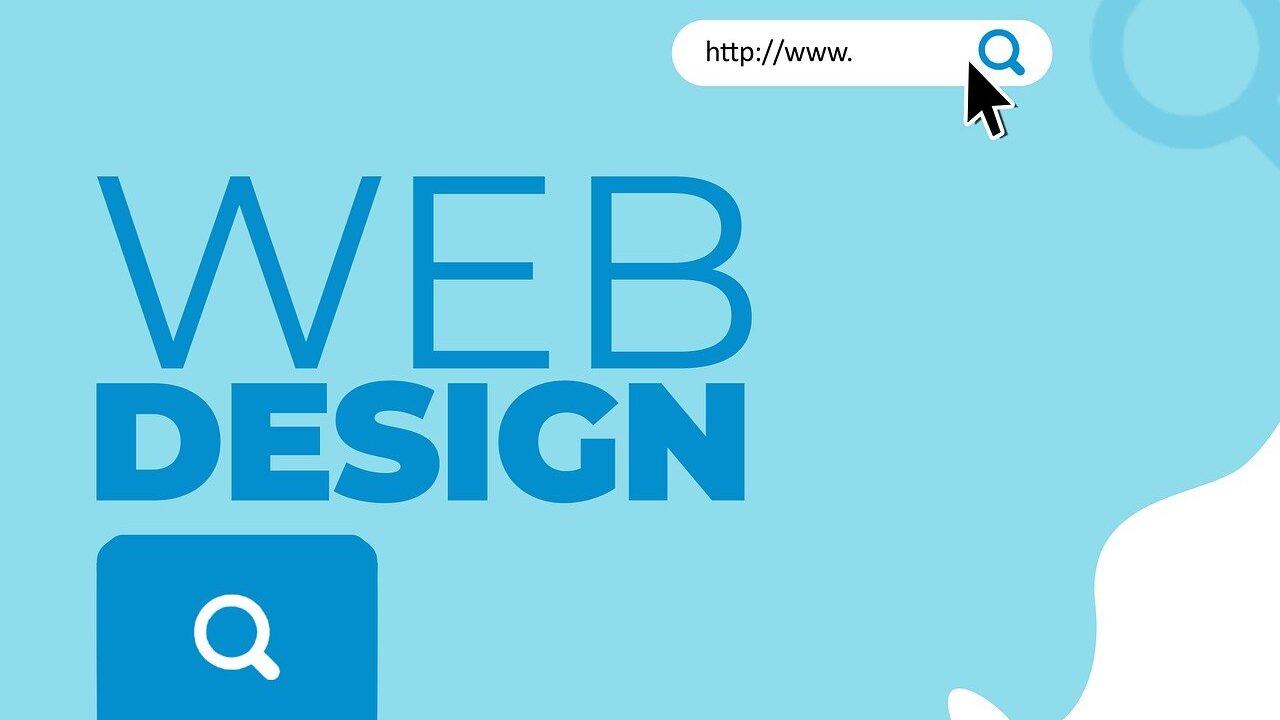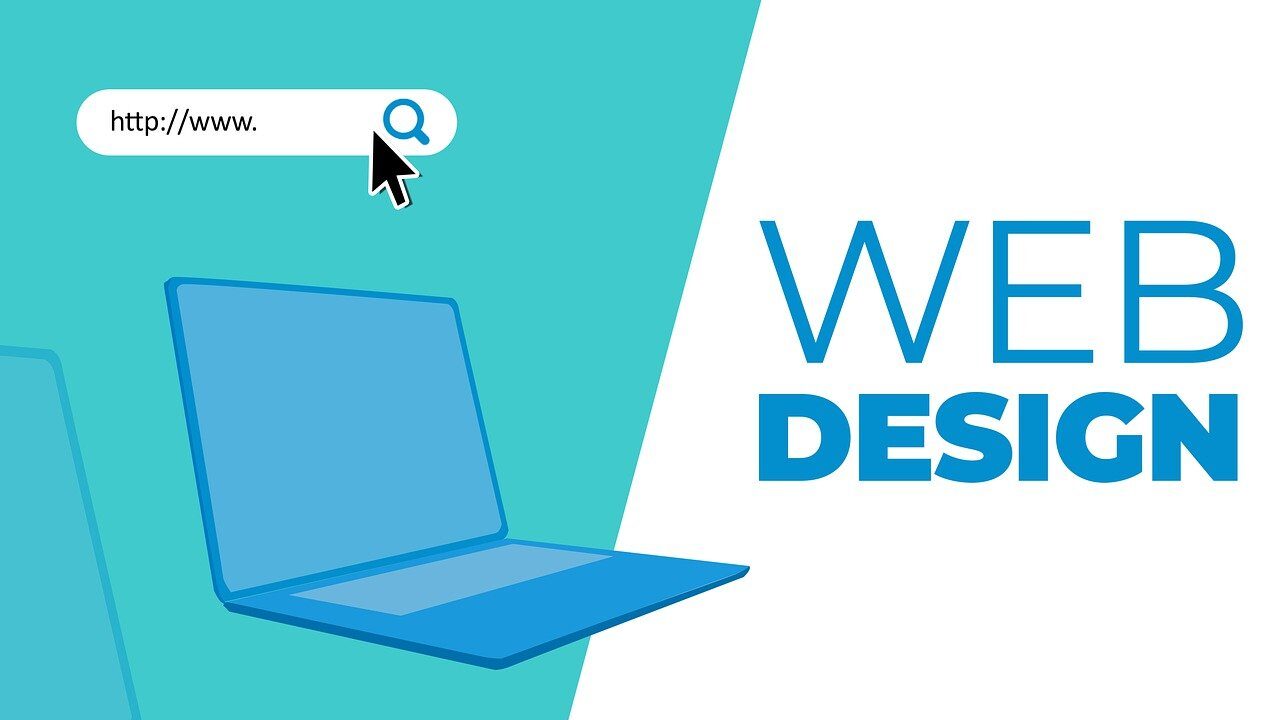To boost your career as a social media professional, you would need to make social media presentations at certain points. And when you need to make such presentations, you need to strike a powerful impression.
Presentations can be difficult, but they can also be an opportunity. Even if you’re proposing a new social strategy, demonstrating the ROI of a campaign, or selling a new customer, the fundamentals of a good presentation remain indifferent.
What is A Social Media Presentation?
A social media platform is an online platform that promotes and enhances the sharing of information. Social media include websites and applications focused on microblogging, forums, social bookmarking, social creation, social networking, and Wikipedia.
Because of the huge following these platforms have garnered over the years, many people in the business of social media create and deliver social media presentations. A social media presentation is basically a detailed plan that outlines an implementation plan to boost the social presence of a business, brand, organization, or industry.
How To Make A Stellar Social Media Presentation
If you need to make a stellar social media presence, there are a lot of hacks you must follow to ensure you get it done right. Some of these tactics include:
Conduct Your Research
The most crucial aspect of any presentation is the research. It will serve as the foundation for the tale you will tell. Instead of going to Google and combing the web aimlessly, utilize the following questions to direct your research:
Define Goals
You rarely conduct a social media presentation just for fun. Perhaps you’re attempting to gain executive support for new social technology, or you’d like to present a fresh strategy to your social team. Whatever your topic, your presentation should be mission-driven, deliberate, and focused on a solution.
Some of that research may come from delving into your prior volunteer work. Find real instances of previous social posts that were successful in supporting future objectives and efforts. Listening to your audience may help you identify content shortages and possibilities for development. Concentrate on your KPIs and seek social proof indicators and ways to attach value to your findings.
Including concrete evidence and facts to back up your thesis is vital, but don’t lose sight of your major argument. Use your study to identify two to three focal points that will serve as the foundation for your presentation.
Identify Your Audience
Your presentation research should not be restricted to your topic. You’ll also need to perform some research on your target audience. Who you’re talking to should influence why and how you’re talking to them.
If you work in-house and represent a single brand, you will most likely be speaking internally to peers and leaders who are familiar with you, your work, and your expertise on your issue. However, social media marketers who operate in an agency have unique problems that will almost certainly cause more study.
When proposing a social media strategy to a new client, it is critical to have a thorough grasp of their brand, industry, and business requirements. Aside from their brand history, you’ll need to focus on the client’s pain issues, who their rivals are, their existing social strategy, and other details.
Utilize Powerful Illustrations
Stories, like social media, connect us to a larger world. It will fascinate your audience from start to end if you use superb storytelling in your presentation.
Your slides are strongly positioned as illustrations that will help you achieve your goals easily. They can form story arcs and there are a lot of templates that will ensure you push forth this solid effect. In creating powerful social media presentations, you need to ensure you stick to these best practices to avoid making a rough presentation.
Introduce Yourself and Your Objectives.
“Tell them what you’re about to tell them,” is a frequent piece of advice for presenters. Inform them. Then tell them what you said.” Following this structure will assist you in setting expectations with your audience and ensuring that you begin and end with impact.
Include a slide at the start of your presentation that introduces yourself and any presenting partners. Following that, provide an agenda slide with a high-level summary of your presentation.
Consider discussing your agenda ahead of time as well. This allows stakeholders to reply with early remarks that might help you adjust your presentation so that it is in line with their expectations.
Create a Hook
Involving your audience upfront in your presentation will assist keep their attention throughout the session. With a good hook, you’ll entice and entice folks from the start. Shocking facts, provocative questions, a fascinating narrative, and inspiring quotations are just a few of the most common examples.
Make Powerful Slides
It’s straightforward: a PowerPoint presentation can include 10 slides, take only 20 minutes, and use type no smaller than 30 points. He claims that ten slides is the ideal quantity since no normal individual can absorb and keep over ten topics during a business meeting.
According to Paul Jurczynski, a TED Talk coach and cofounder of Improve Presentation, “The golden rule is to have one claim or idea per slide. If you have more to say, put it on the next slide.”
Use Colours Purposefully
In many situations, your presentation should include color schemes from your agency’s or brand’s style guide. Assume you’re delivering a social media presentation on behalf of an agency to a prospective customer or client. The audience may not know you as an individual, but they are familiar with your brand.
Colors and typefaces are an easy method to activate brand recognition triggers and remind your audience that you’re an authority in your field.
You need a purpose for your colors if you want to branch out. Take a minute to consider what colors mean to you. Yellow, for example, is often associated with warmth and energy, whereas red is associated with passion and excitement. Regardless of your color scheme, make sure it is consistent throughout your presentation.
Add Data Visualization
Often, social media marketing presentations are about proving ROI for stakeholders. Charts and graphs like those below can make your case more compelling.
In data journalist David McCandless’s TED talk, he states that the value of data visualization is that “that we can see the patterns and connections that matter and design that information so it makes more sense, it tells a story, or allows us to focus only on the information that’s important.”
Don’t get bogged down in mapping out every single data point you find during your research. There are some graphs that are best when they are simple with easy-to-see takeaways. Use color, bold or another visual treatment to draw attention to key numbers or data points.
Present Your Work
It’s a social media marketing presentation, so you should share examples of your work. Use screenshots of successful social posts to demonstrate how your strategies have worked for the brand(s) you represent.
Finish with a Call-To-Action
A strong call to action links back to your original goal and encourages your audience to take action after your presentation is over. You’re basically leaving the audience with a final takeaway and allowing them to make their own decisions.
Prepare Delivery in Advance
Now that you’ve done your research and created your presentation, it’s time to plan your delivery. It is possible to present “nothing” and still be compelling with the right tone, approach, prompts, and pace.
Generate emotional responses
Maya Angelou once said, “People will forget what you said, people will forget what you did, but people will never forget how you made them feel.” A great way to draw attention to data is by touching points that generate an emotional response.
If, for example, you’re pitching new clients about growing their social communities, and you’ve grown your social audience by 50% in the last six months, that’s incredible! Don’t be afraid to express your excitement.
You won’t be able to make every point in your story exciting. Plan to tap into specific emotions. Your audience wants to be inspired, informed, engaged, or entertained, so how do you get your message across? The best presentations combine elements of each.
Maintain Control and Calmness
You may feel like you need to complete everything as quickly as possible, but don’t be afraid to slow down. Nervous people speed up a lot. Taking a deep breath and remembering to enunciate will help reduce nerves.
Throughout your presentation, check in with your audience so they can ask questions or clarify points if needed. People who are unfamiliar with a social media metric or industry term may require you to explain it more thoroughly.
Never Fail to Practice
You must practice, practice, practice. Make sure you look at your deck thoroughly. Practice runs should be treated as if they were the real thing. Consider asking a friend or coworker who you trust for honest, constructive feedback. The more you practice, the more comfortable and confident you will feel.
Conclusion
While you’ve completed your presentation, you aren’t through with it. Send your audience and any stakeholders on the last deck after the presentation, remind them about the next steps and actions that emerged from the presentation, and thank them for their time.
Remember, there are a lot of social media hacks you can employ to ensure you attain the best results in your presentations.





